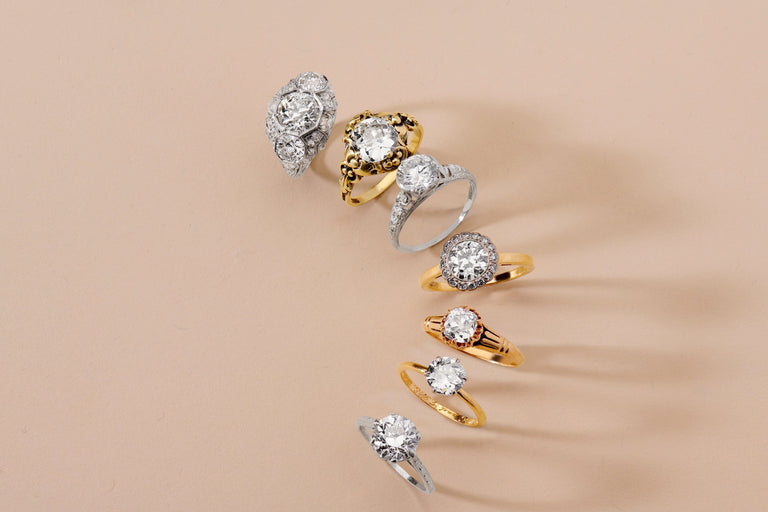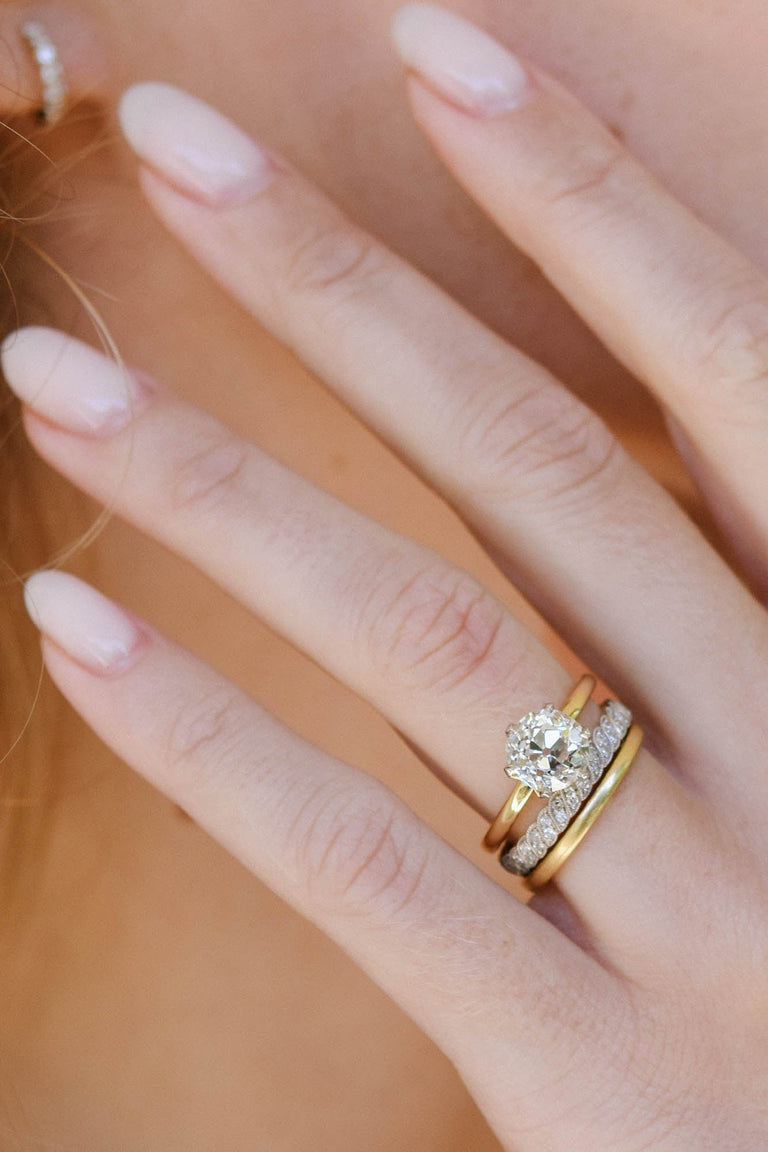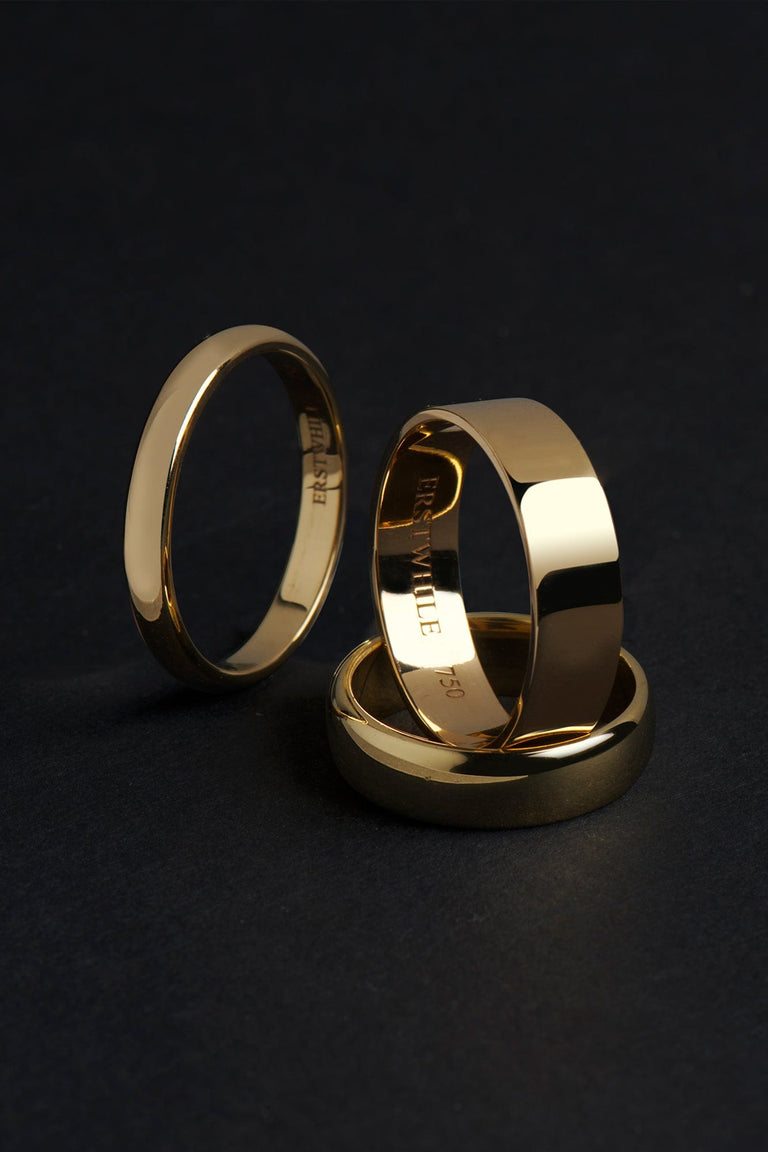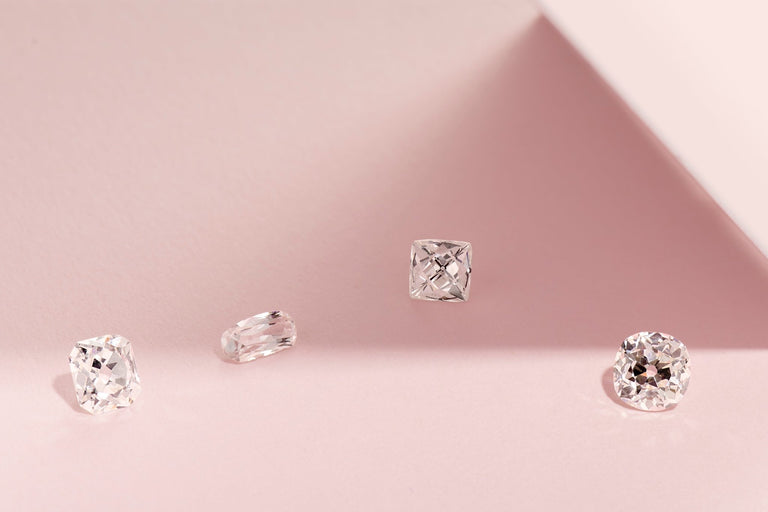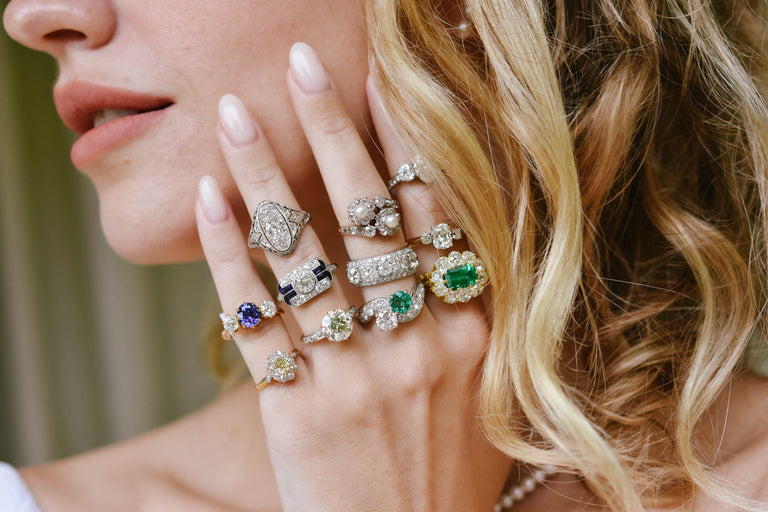You might assume there would be a lot of sexist and unromantic traditions behind the engagement ring. But the ring as a symbol of unending love has been around since antiquity.
A lot of poetry and writing can be found describing the holy and deeply meaningful nature of the act of giving or receiving a ring from a lover.
The actual exchange of rings in a marriage ceremony did not become common practice until 860. Although the ring as a gift to a lover has been around since antiquity. Throughout history rings have been worn to symbolize family, faith, love, and loss. Here, in a nutshell, is a brief history of how engagement rings came to be.
1500 BC
Though Ancient Egyptians didn’t use rings to symbolize commitment or marriage, they did believe in the spiritual power of an unending circle, symbolizing eternity. They wore rings on the third finger of their left hand, believing that finger was directly connected to the heart through a vein called the vena amoris.
1000 BC
In Ancient Egypt and in early monarchies, the signet ring, bearing a symbol of the royal family commonly a scarab or sun. In Ancient Greece, signet rings most commonly showcased the image of a chariot or likeness of a Greek god, like Apollo.

500 BC
In Ancient Rome a man would give his wife a ring made of iron. Some of these rings were attached to small keys, also indicating ownership. Romans believed that the fourth finger on the left hand was directly connected to the heart. Some of these rings featured clasped hands, a motif that would continue to be used for another 1000 years.
1200
In the medieval ages rings began to be exchanged frequently as gifts, signs of faith, or amulets to cure illness. In 1230, in the Art of Courtly Love, Andreas Capellanus writes… "A woman who loves may freely accept from her lover the following, a handkerchief, a ring, a compact..."
Stacking of rings was very popular during this time and throughout the middle ages into the Renaissance when rings were worn from palm to fingertip.
Gold bands were exchanged during the marriage ceremony and were usually decorated with doves, lyres, or two linked hands. But in the 1300s the Christian Church cracked down on these designs, considering them “heathenish,” and couples instead exchanged plain, unadorned gold bands.
1400
Around 1400 the point cut diamond was developed. Prior to this diamonds were worn in the rough. Even the point cut diamond as shown below is smoky and doesn’t have the sparkly quality we now associate with diamonds. The draw to this stone was the strength and endurance. A priest’s manual written in the 13th century describes the diamond as, "unbreakable and love unquenchable and stronger then death, so it suits the diamond ring to be worn on the ring finger, the vein of which comes directly from the heart."
In 1477, Archduke Maximillian of Austria commissioned a ring made of gold and diamond for his betrothed, Mary of Burgundy, sparking a major trend to include diamonds in engagement rings.
1540
On her deathbed, Lady Catherine Grey, the grand-daughter of Mary Tudor, asked her jailor to hold on to her rings. She gave him two rings, a pointed diamond engagement ring and a gold wedding band.
By this time wedding rings were required as part of the marriage ceremony. Some English puritans condemned wedding rings as ‘superfluous and superstitious’ but this wasn’t observed by most people.
1700
Posey rings were also popular beginning in the middle ages all the way through the 17th century. Exchanged as lover’s gifts and symbols of loyalty. Inscribed on the inside and outside with posies – small poems from the heart. Usually in French or Latin.

1800
Rose cut diamonds were developed and gained in popularity. Hearts and clasped hands were popular motifs in lovers rings. Sometimes both at the same time, two hands clasping a heart was a typical engagement or wedding ring at the time.
Wedding rings continued to have huge symbolic and sentimental value. An act was passed in 1855 that required all wedding rings bear hallmarks.
1880
Up until the 1880s diamonds were not available to most jewelers. Everything changed with the discovery of diamonds in South Africa. The DeBeers Mining Company is founded in 1873.
Diamond cutters advanced their techniques for making more brilliant and round diamond cuts. Rose and old mine cuts were most commonly used in engagement rings. Often set in flower and cluster settings.

1900
Gold was the metal of choice for engagement rings up to this point. But white gold and platinum were introduced at the turn of the century. Cartier is credited with pioneering platinum in jewelry at this time. It was clear that the white metal accentuated the white of the diamond and this lead to white gold and platinum dominating engagement ring designs from this point onwards. Engagement rings during this time began to have a real differentiated look from cocktail rings. With a central dominant stone signifying a ring meant for betrothal.
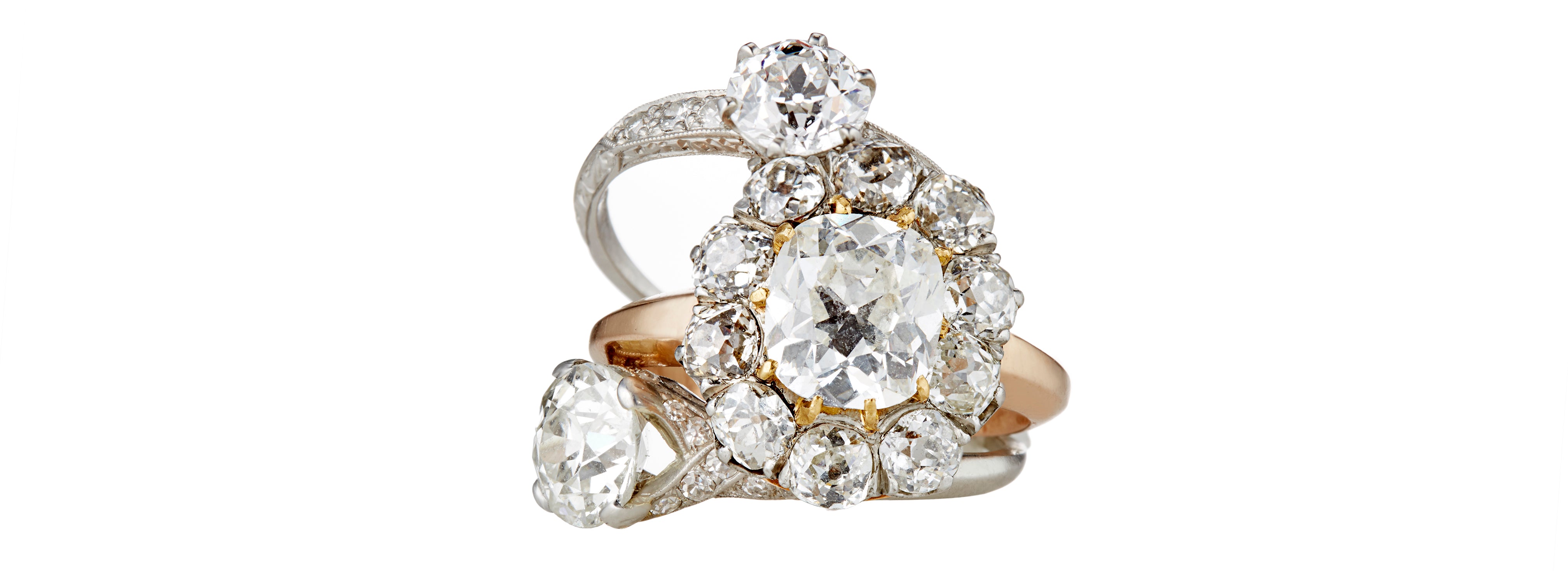
1920
During the Art Deco era engagement rings came into their own. With simple prong settings increasing in popularity as well as white metal and platinum settings. With an increase in diamond mining and DeBeers expansion diamond engagement rings were now available to a larger and broader public.
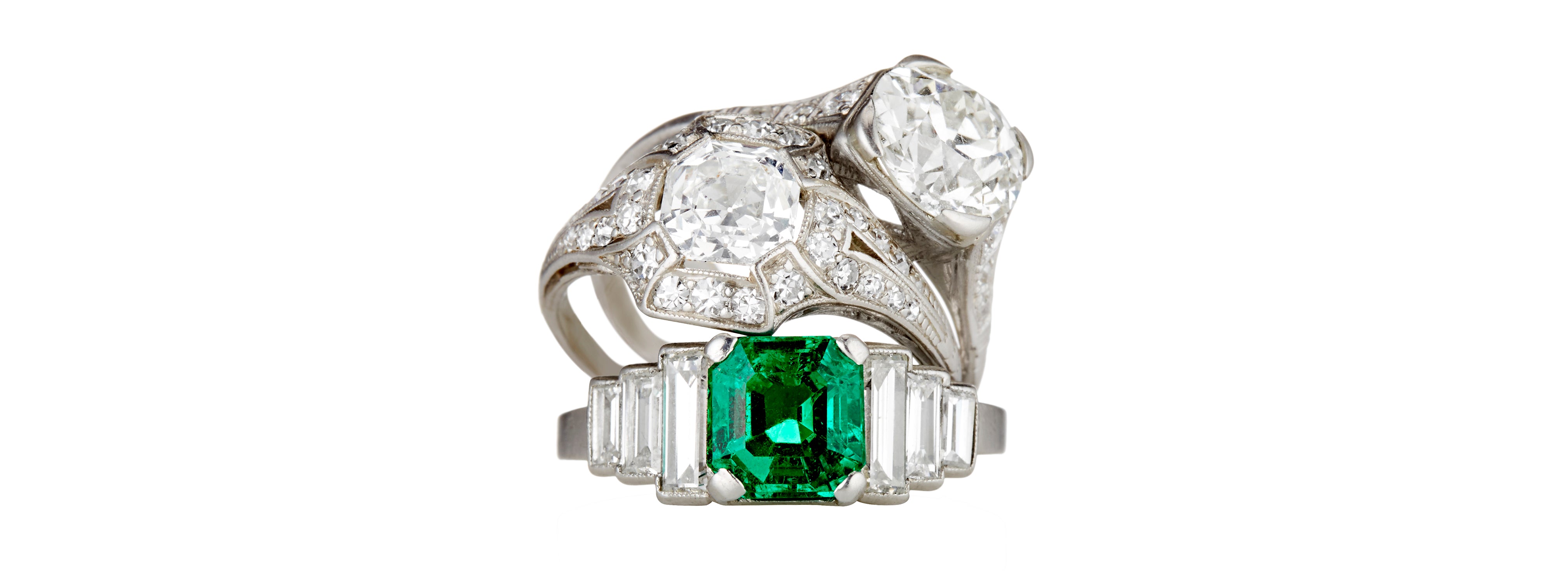
1947
Diamond engagement rings become the standard when De Beers launches their “A Diamond is Forever” ad campaign with the help of a little known advertising agency N.W. Ayer & Son.

